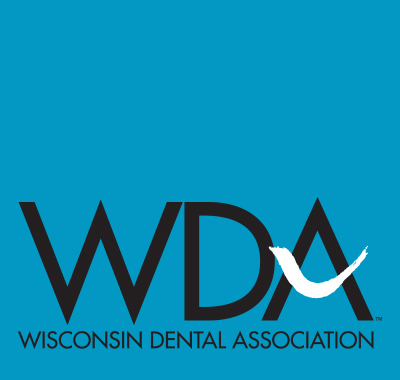When we talk about our oral hygiene, the first thing that pops to mind is, “TEETH!” Most people prioritize the appearance of their teeth: how they look, how to brush them, how to maintain them, and so much more.
It is fairly common to overlook gum health in such an event.
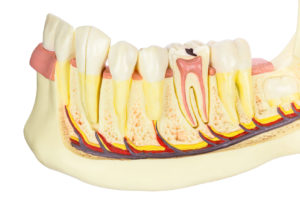
Gums are the unsung soldier of your oral cavity. For all intents and purposes, gums are the better half of your teeth and must be looked after just as well as your pearly whites. Neglecting the health of your gums can have adverse side effects on your physical health.
While ensuring a beautiful smile does require maintaining healthy teeth, your gums are just as important.
Gums can suffer from diseases, just like your teeth. Spring Creek Dental is here to tell you all about gum diseases – causes, symptoms, and treatment. So sit back and read on!
Healthy Gums, Healthy Teeth: Understanding Gum Diseases – Causes, Symptoms, and Treatment
For maintaining good dental health, it’s crucial to understand gum diseases – causes, symptoms, and treatment.
Gum disease, also known as periodontal disease, occurs due to an overgrowth of bacteria in the mouth. These bacteria attack and destroy the soft tissue surrounding the teeth, leading to tooth loss and other dental problems that can be both expensive and inconvenient.
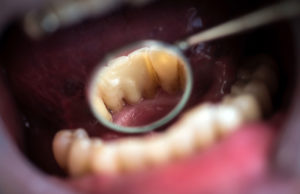
Gingivitis, which is inflammation of the gums, can be an early sign of gum disease. It’s essential to seek prompt treatment for gum diseases, which may involve professional cleanings, medication, or surgery in severe cases.

By understanding the gum diseases – causes, symptoms, and treatment options, you can take steps to maintain good dental health and prevent further damage.
What are the Causes of Gum Diseases?
The primary cause of gum disease is an overabundance of plaque. But other reasons can contribute to the contraction of periodontal disease, such as:
1. Tobacco Use
Regularly using tobacco for chewing or smoking is a leading cause of gum diseases. Constantly smoking and chewing tobacco can make it harder for the gums to repair themselves. Regular tobacco usage can lead to tender and bleeding gums, which will cause the tissue to separate from the gums.

2. Change in Hormones
A change in your hormonal balance can also make you prone to gum diseases. An increase in progesterone levels during pregnancy or the menstrual cycle can lead to oral sensitivities such as bleeding gums or red, swollen gums.
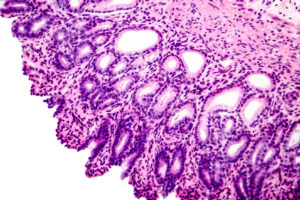
3. Bad Oral Hygiene Habits
While our bodies are naturally built to fight diseases and infections, bad oral hygiene can cause even the toughest immune systems to break down and lead to gum diseases. Bacteria thrive on dirty teeth and gums, and if you do not brush and floss your teeth at least twice daily, it can lead to gum disease.
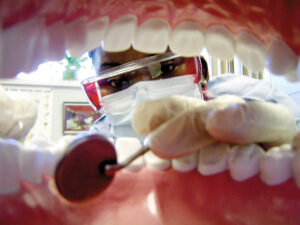
4. Unhealthy Diet
Foods and beverages with high processed sugar content are among the foremost causes of periodontal diseases. Such foods and drinks help in harboring high levels of plaque acid, which serve as fodder for harmful bacteria.

Foods that contain high levels of acid, such as limes and apple vinegar, can also lead to gum recession. Food items of extreme hot and cold temperatures can also cause gum sensitivity and swelling.
Symptoms of Gum Disease
There are very few visible signs of gum disease in the beginning stages. This can prove harmful as non-visible signs make it more challenging to catch the problem in time. However, there are some symptoms that you can look out for, which can allow you to begin treatment at the right time.
1. Receding Gums
If you notice a recession in your gums or your teeth look larger than usual, it is a sign that your gums are pulling back from your teeth. This marks the beginning of gums separating from your teeth, creating pockets for the oral bacteria to feed on.

2. Red & Swollen Gums
Red and swollen gums are one of the first signs you will notice when it comes to gum diseases. This is a clear indication that your gums need attention and help. Inflammation along the gum lining can make them tender and painful. It can also lead to bleeding while brushing your teeth.
3. Bad Breath
Your mouth is a warm and wet hive for bacteria to party in. With millions of bacteria living inside your oral cavity and feeding on the plaque, toxins released as a result have a bad smell, causing bad breath. These toxins can also lead to gum irritation.
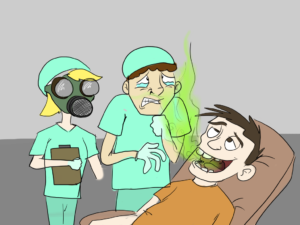
4. Teeth Sensitivity
If biting into a popsicle or taking a sip of hot coffee is causing a dull ache in your teeth, then it is time to take a closer look at your gum health. Teeth sensitivity is a sign of receding gums which results in the sensitive area of your teeth being exposed to the elements.

How to Treat Gum Diseases?
The method of treatment for your gum disease entirely depends on its severity. The treatment also depends on your overall health and the stage of the gum disease. Gum diseases can be treated surgically and non-surgically.
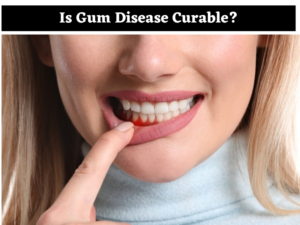
A. Non-Surgical Methods of Treating Gum Diseases
1. Root Planing & Scaling
Root planing and scaling is a form of deep cleaning done after administering a local anesthetic. The procedure involves scaling and peeling off the plaque above and below your gum line. The rough spots on your tooth are made smooth through root planing.
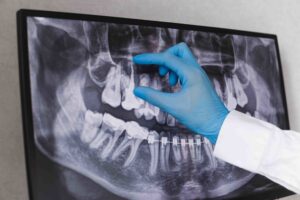
This helps discourage further bacterial infections and plaque buildup. Follow-up appointments are scheduled after the treatment to ensure the gums respond well to the procedure.
2. Antibiotics
Your dentist may recommend antibiotics for you to fight your oral infections or periodontal diseases. A topical antibiotic is occasionally placed under your gums to target the bacteria in that area. This is an effective and minimally invasive method to fight gum diseases.
B. Surgical Methods of Treating Gum Diseases
1. Gum Grafts
A great surgical procedure for damaged gum tissue is a gum graft. A tissue graft around the affected teeth helps cover bared tooth roots and prevents further gum recession.
2. Pocket Reduction Surgery
Pocket reduction surgery involves removing the tartar from your gum linings by lifting your gums back. The gums are replaced in a manner that allows them to fit perfectly with your teeth, closing any pockets caused by gum recession.
3. Guided Tissue Regeneration
This procedure is performed when the bone that supports your teeth has been damaged to a point where it can no longer provide adequate anchoring to your tooth. By inserting a small mesh-like fabric between the gum tissue and your bone, your dentist prevents unwanted tissue growth in that area. This encourages the bone to grow back.
4. Bone Grafts
A bone graft is performed using fragments of your bone, donated bone, or synthetic bone to replace the bone destroyed by gum disease. These bone grafts allow the bone to regrow and help stabilize your teeth.
Spring Creek Dental – The Answer to All Your Gum Disease Problems
When it comes to gum diseases, Spring Creek Dental has got you covered. With experienced professionals, great dental insurance plans, and personalized service, Spring Creek Dental aims to make your experience a pleasant one.

Our in-house dentist and specialized dental staff are committed to providing compassionate and expert dental care. The team at Spring Creek Dental aims to create a loyal customer base by delivering professional and dedicated service.
You can request an appointment by visiting our website or messaging us if you have any questions. Call us at (715) 381-9710 or drop in at 422 2nd Street Hudson, WI 54016 to meet us personally! We are open Mondays and Thursdays from 8.00 am to 5.00 pm and Tuesdays and Wednesdays from 9.00 am to 6.00 pm.
Let us care for your gums and teeth and always keep you smiling.


